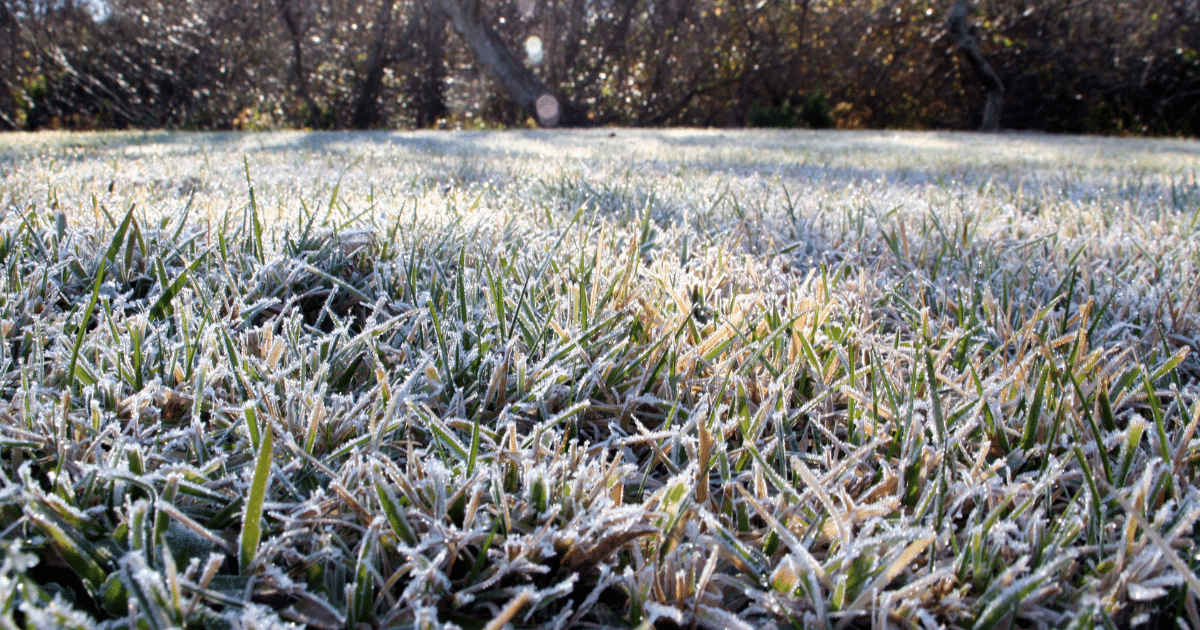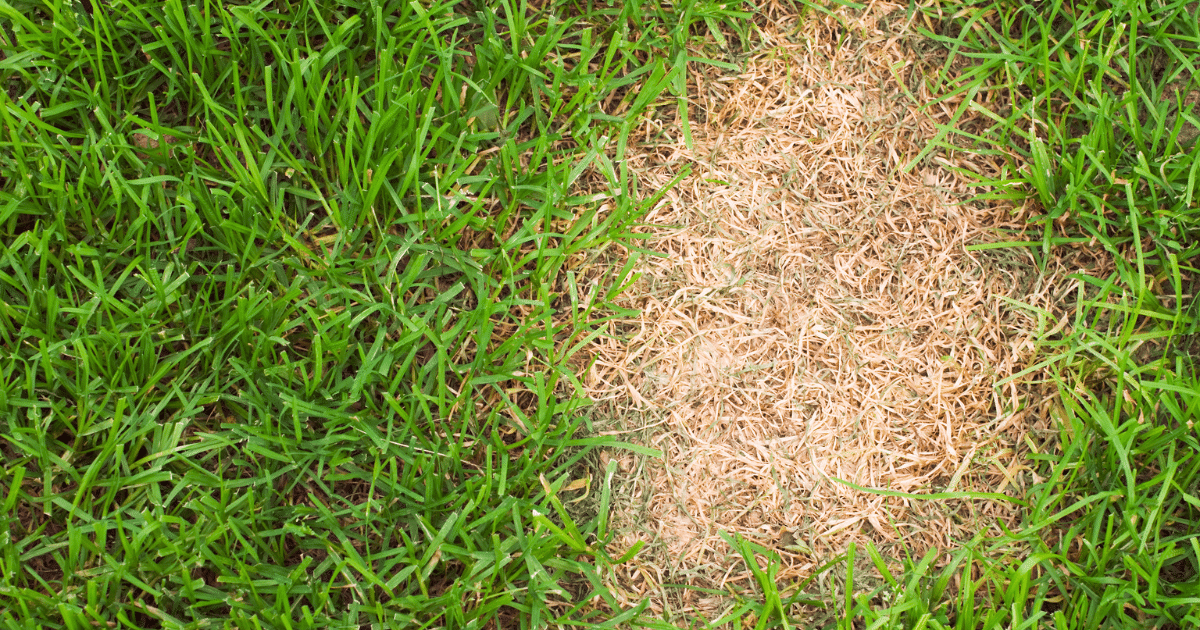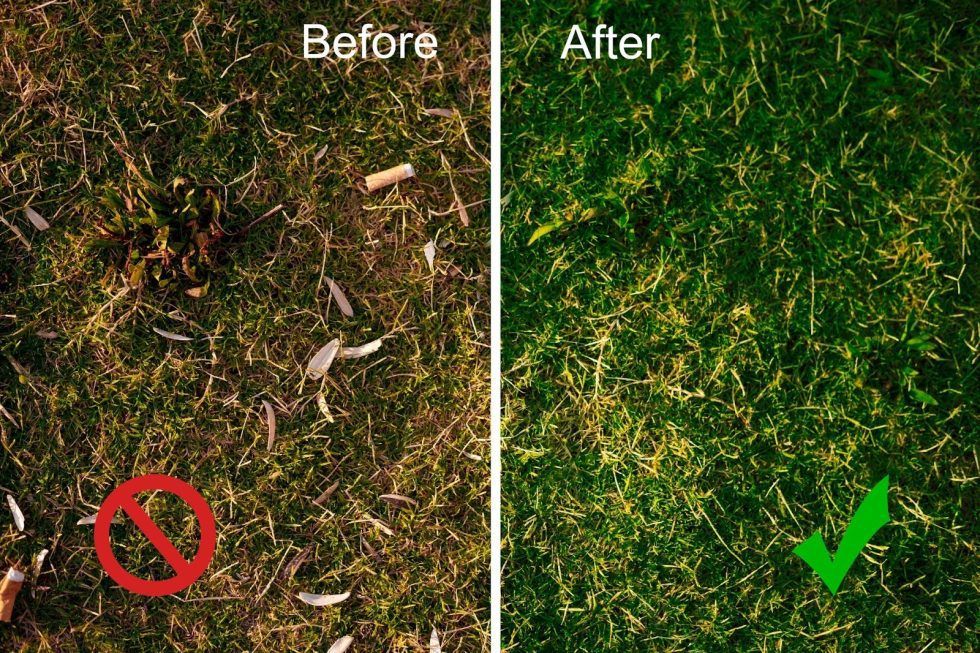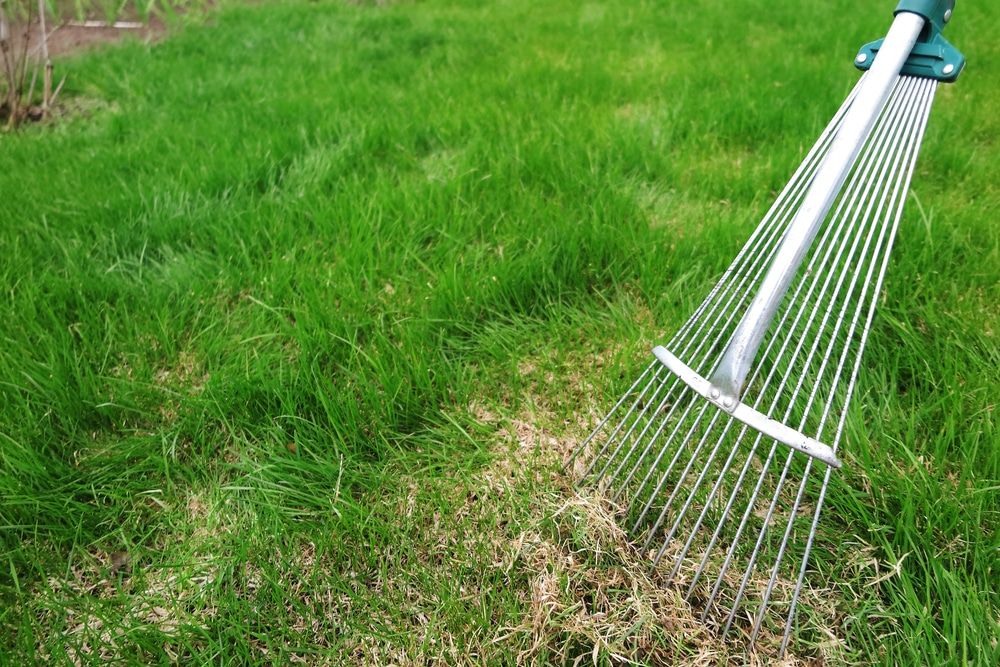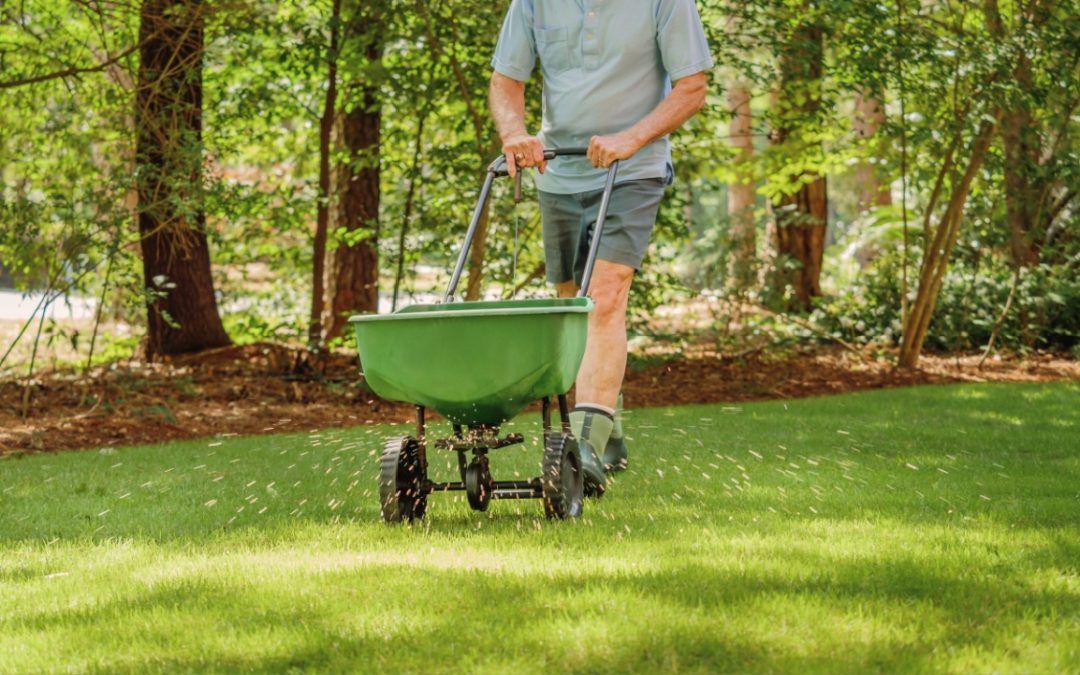Soil pH: The Hidden Key to a Greener Lawn in Upstate New York
If your lawn isn’t responding to fertilizer, the problem may not be the fertilizer… it’s probably the soil pH.
For cool-season grasses common across Upstate New York (Kentucky bluegrass, perennial ryegrass, fine fescue and turf-type tall fescue), soil pH governs whether nutrients are actually usable by the plant.
Cornell University advises keeping lawn soils in the slightly acidic to neutral range (roughly pH 6.0-7.5), while Rutgers University notes that slightly acidic soils near ~6.5 are ideal for most turf. In real-world practice, we target the center lane (about pH 6.8 to 7.0) because synthetic fertilizers create acidity over time and living at the edges of that range invites “extreme” conditions that block nutrient uptake.
At Groundhogs Lawn Care, we’re a data-driven, precision-treatment company. We don’t guess; we test, plan, apply, and verify.
That’s how we protect your lawn, your wallet, and our local environment.
Why Soil pH Controls Nutrient Uptake
Think of pH as the “gatekeeper” for nutrition:
- Around pH ~6.5-6.8, most nutrients (nitrogen, phosphorus, potassium, calcium, magnesium, and iron/manganese) are readily available. Plants can take up what they need, and your fertilizer dollars go to work.
- When pH is too low (acidic), phosphorus becomes tied up and unavailable; aluminum and manganese can become more soluble and potentially harmful. Roots get timid, top growth suffers, and color fades.
- When pH is too high (alkaline), iron, manganese, and phosphorus availability collapses. You’ll often see yellowing (chlorosis) even if a soil test says those nutrients exist. They’re present but “locked.”
Important reminder: pH is logarithmic. A drop of one full pH point represents a 10x increase in acidity. Tiny number shifts mean big changes underground.
The Groundhogs Philosophy: Stay in the Center Zone
Picture pH like a speedometer. The closer you drive to either edge of the safe zone, the more likely you are to run into problems. That’s why we don’t let soils sit at the extremes just because they’re still technically “in range.” We steer you toward ~6.8-7.0 for cool-season performance in our Upstate New York climate.
Step One: Always Test Before You Treat
Both Cornell and Rutgers are clear on this point: Test first.
The soil test reveals your current pH, buffering capacity, magnesium status, and whether you need lime (to raise pH) or sulfur (to lower pH). It also guides how much to apply and whether you need calcitic or dolomitic lime. We start here with every client, and we retest after big corrections to confirm progress.
How to Raise Soil pH on Acidic Lawns
Choose the Right Lime Type
- Dolomitic lime supplies calcium and magnesium. It’s the right choice if your soil test shows low magnesium.
- Calcitic lime supplies calcium only. It’s used when magnesium levels are adequate.
We choose the material based on your lab report, not guesswork.
Calculate How Much Lime You Need
The amount of lime you need depends on:
- Your starting pH and your target pH
- Soil texture (sand requires less than loam; clay requires more)
- The lime’s quality (Effective Neutralizing Value/ENV or ECCE)
Safety rule: Do not exceed 50 pounds of lime per 1,000 square feet in a single application. If your total recommendation is higher, split it into multiple applications and retest between them.
Apply Lime at the Right Time
We prefer fall or early spring for liming. Those windows allow time for the material to react and avoid summer stress. We also build liming into a broader nutrient plan so everything works together.
The Weight Reality Check
Let’s do the math:
- Lawn size: 14,000 sq ft (average size lawn)
- Single-pass maximum: 50 lb per 1,000 sq ft
- 14,000 ÷ 1,000 = 14 bags
- 14 × 50 lb = 700 lb total in one application window
That’s 14 bags at 50 lb each – 700 pounds of material to purchase, transport, and spread evenly with a homeowner-grade spreader. And if your lab recommendation exceeds 50 lb/1,000, you’ll be splitting that over time. This is why many homeowners under-apply (two bags won’t move the needle), or they over-apply in one pass (which we do not recommend).
Why “Two Bags of Lime” Rarely Works
If your soil test calls for 50 lb/1,000 on 14,000 sq ft, that’s 700 lb needed in total. Two 50-lb bags equal only one-seventh of what’s required. You’ll barely nudge pH, and you might convince yourself that “lime doesn’t work.”
It does when applied at the right rate, in the right seasons, based on a test.
How to Lower Soil pH on Alkaline Lawns
Use Elemental Sulfur Carefully
To lower pH on established turf, the go-to material is typically elemental sulfur applied in light, split applications. It acidifies as soil microbes convert it; this takes time and warmth, which is why spring and fall are preferred windows. Always water-in after application.
Sulfates (like iron sulfate) act faster but can be harsher. Aluminum sulfate can cause toxicity as pH drops; we avoid it on lawns.
Follow Safe Sulfur Application Practices
Over-applying sulfur or applying it during hot weather can burn turf. We keep individual application rates conservative, split them over time, and schedule them in cooler weather to protect your lawn.
Understand When to Use Gypsum
Gypsum is not a pH correction tool. It supplies calcium and sulfur, but does not raise or lower pH.
We use gypsum only when calcium is needed without pH change or to address specific structural/soluble salt issues.
How Groundhogs Performs Precision pH Treatments
Here’s our exact sequence for pH work:
- Soil Test: Representative sampling, analyzed for pH, buffering capacity, and magnesium.
- Set the Target: For Upstate NY cool-season lawns, we aim for ~6.8-7.0.
- Select the Material
- Raise pH: Calcitic or dolomitic lime, chosen by magnesium needs.
- Lower pH: Elemental sulfur in light, split apps.
- Calculate the Rate: We convert lab recommendations to bags-in-the-field using the material’s ENV/ECCE.
- Apply Safely
- Never more than 50 lb lime/1,000 sq ft at once.
- For sulfur: small, split applications in cool weather with immediate watering-in.
- We pair timing with the rest of your program so lime or sulfur complements your fertilization.
- Retest & Fine-Tune: After major corrections, we retest in 6-12 months. Once you’re in range and stable, we test every few years to stay there but many plans offer annual testing to stay dialed in.
Why Upstate New York Lawns Need Extra Attention
Our region’s rainfall and soil parent materials mean many lawns gradually trend acidic over time. Others, especially those with limestone influence, can run neutral to alkaline.
Translation: neighbors can have very different pH needs.
This is why we don’t copy-paste lime or sulfur recommendations. We test your property and adjust to your numbers.
Soil pH FAQ
What pH should I aim for?
For cool-season turf, ~6.8-7.0 keeps you in the ideal center. Cornell’s range is 6.0-7.5; Rutgers recommends slightly acidic.
How fast will lime change my pH?
Expect months, not days. Reaction speed depends on soil texture, moisture, temperature, and lime quality (ENV/ECCE). That’s why we like fall/early spring and why we split large totals.
Should I choose calcitic or dolomitic lime?
If magnesium is low, choose dolomitic. If magnesium is fine, calcitic is appropriate. We’ll advise based on your soil test.
Can I just use gypsum to raise pH?
No. Gypsum doesn’t change pH. It’s a calcium/sulfur source for specific needs.
Is sulfur safe in summer?
We avoid it in hot weather and keep rates conservative. Over-application, or the right rate at the wrong time, can injure turf. Spring and fall with watering-in are our go-tos.
How often should I retest?
6-12 months after a major correction, then every few years or annually if in a maintenance plan.
What This Means for Your Lawn (and Your Time)
- If a lab report calls for 50 lb/1,000 on 14,000 sq ft, that’s 700 lb to move and spread evenly, and possibly more later if the total recommendation exceeds that single-pass cap.
- A couple of bags won’t meaningfully change your pH.
- Over-applying in one pass is risky, a waste of money, and can set you back.
The simplest, safest path: let our team perform the test, design the plan, apply corrections in the right season, and confirm progress with follow-up testing. That’s how we make sure the nutrients you’re paying for are actually taken up by your lawn.
Final Takeaway: Precision Over Guesswork
You’re hiring us for results, not guesses. Soil pH is the quiet lever that turns fertilizer into color, density, and resilience. Cornell University and Rutgers University both emphasize staying in that slightly acidic to neutral zone, testing before treating, and applying materials at appropriate rates.
We go one better: we target the center, ~6.8-7.0, so your lawn thrives without flirting with extremes.

